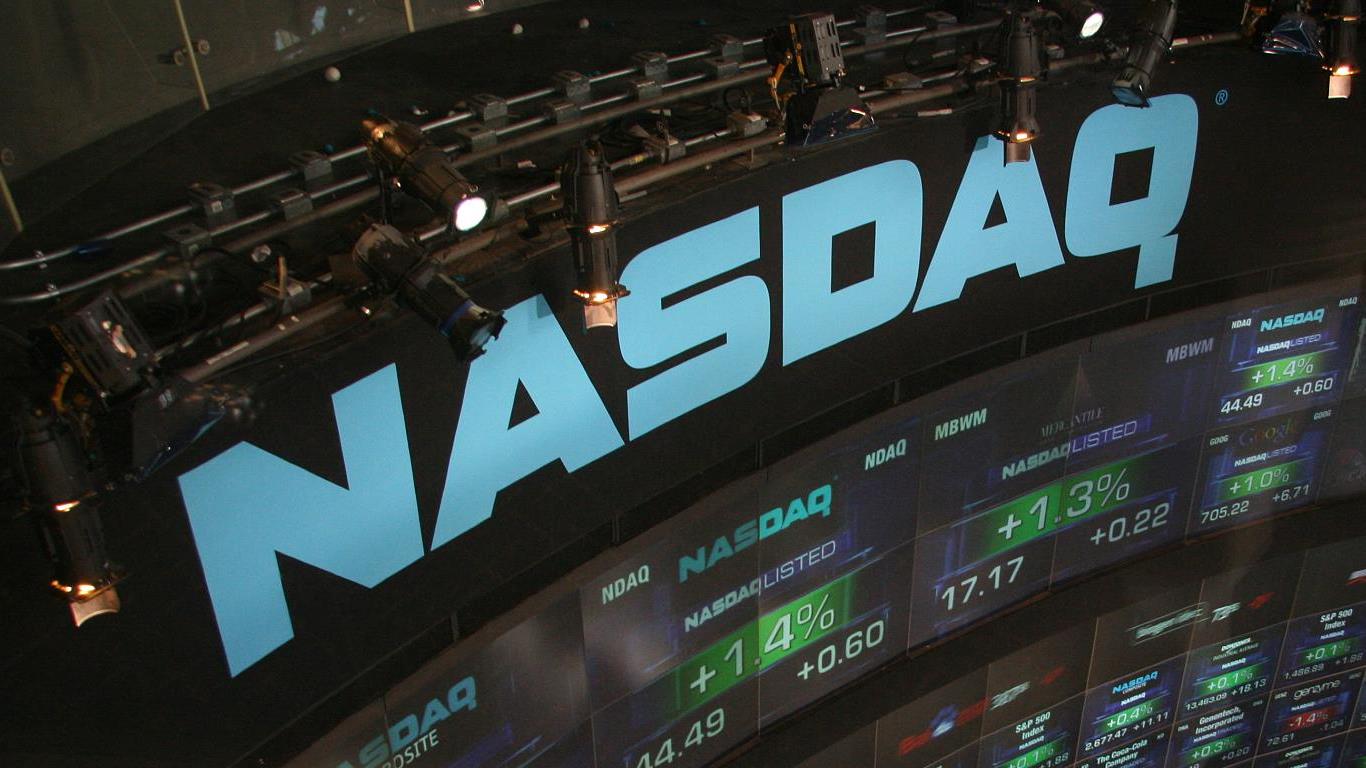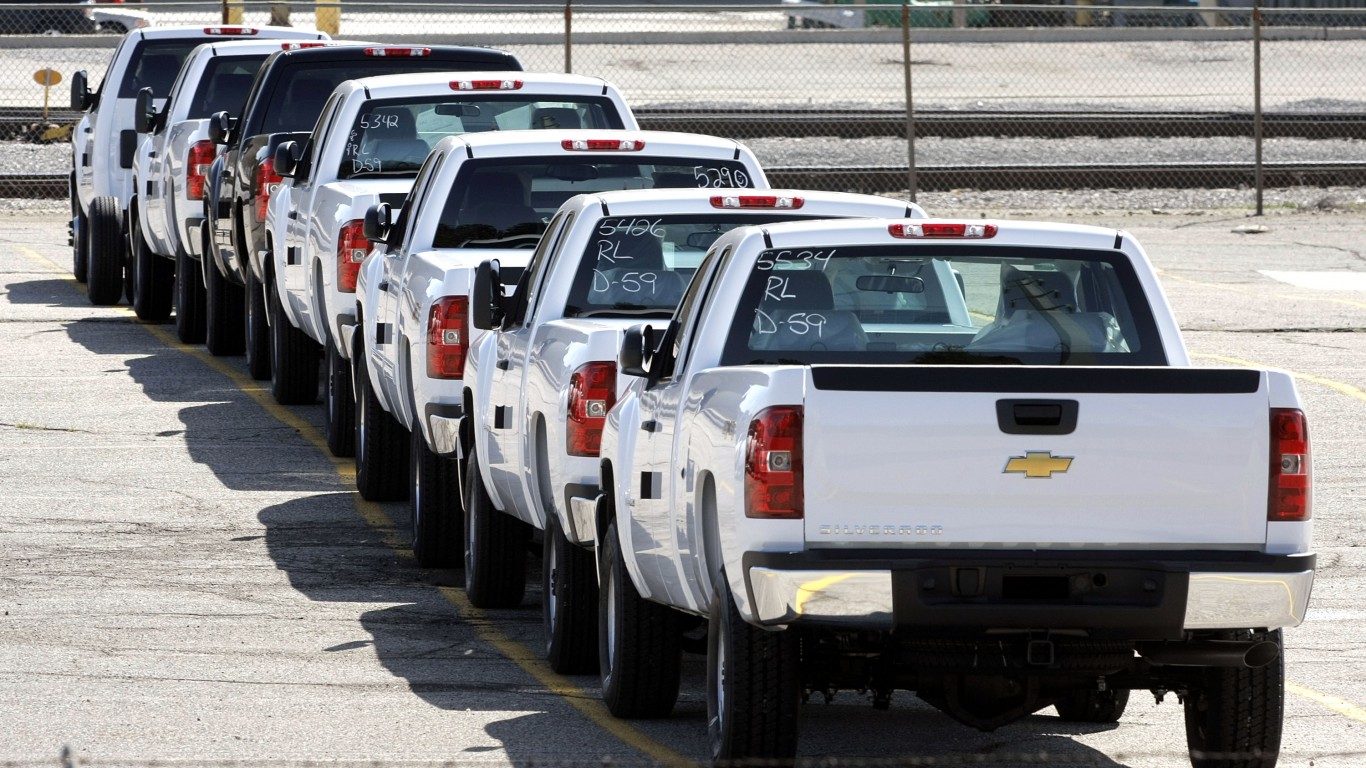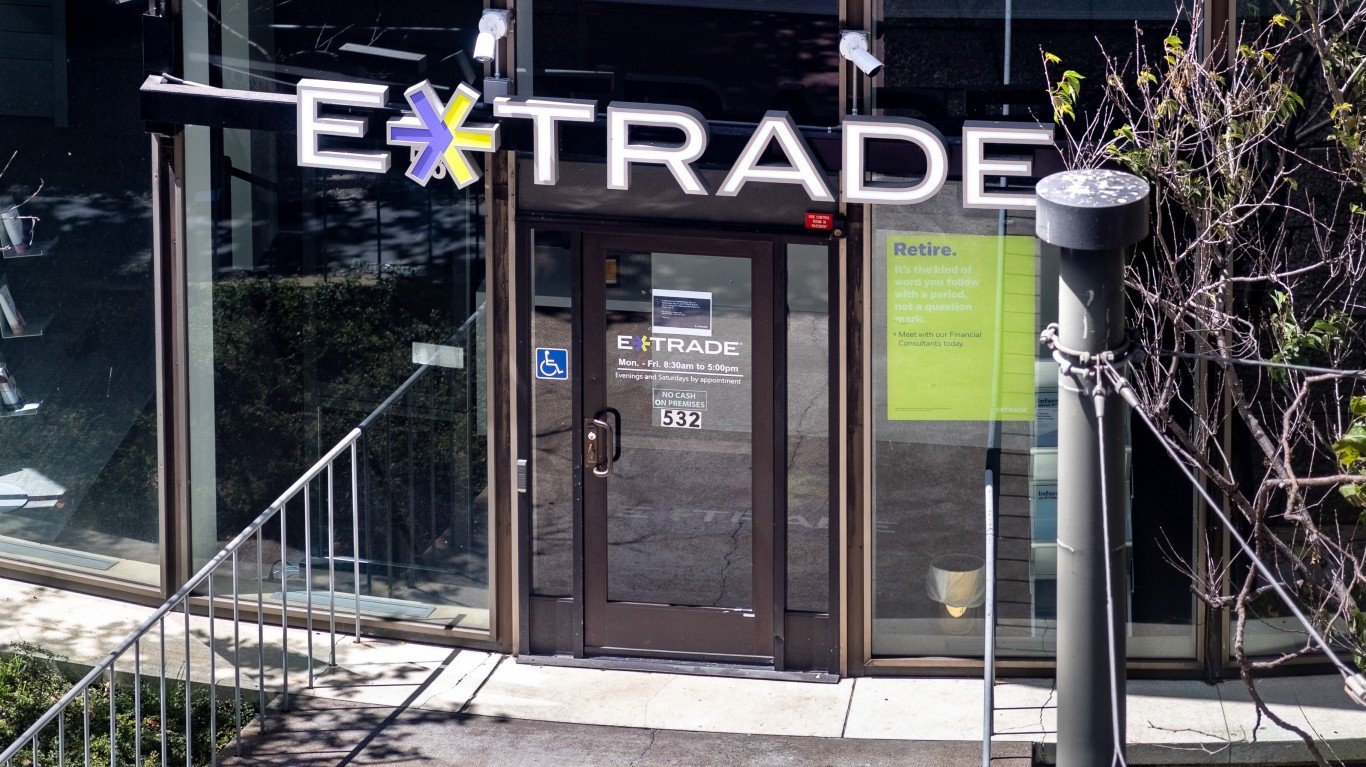

After a run that took the Nasdaq from just over 2,000 in early 2019 to over 16,000 in October, it recently has sold down to near 12,000. It may seem unimaginable that it could drop to 8,000, but a plunge of similar magnitude has happened twice in just over two decades.
[in-text-ad]
The Great Recession pushed the Nasdaq from just below 4,000 in October 2007 to under 1,900 in early 2009. From almost 8,000 in early 2000, it fell to just below 2,000 in February 2019.
The primary reasons for these sell-offs were partially economic disasters. However, just as important, if not more so, the investing public lost faith in the promise and future of technology. The bursting of the tech bubble ravages second-tier public tech companies. That has begun to happen in the past few months.
The largest tech company stocks generally are not pushed down by half. There are exceptions, especially recently, as Netflix and Meta Platforms have been savaged. A few companies, like Microsoft and Apple, have held up better.
The Nasdaq contains many companies that have done much worse, and they are a sign of what may happen over the next several months. Among the best examples are Etsy, PayPal and Zoom. Once the markets lose faith in a business model, or earnings forecasts are slashed, shares can reset down 20% or more in a day.
Thank you for reading! Have some feedback for us?
Contact the 24/7 Wall St. editorial team.
 24/7 Wall St.
24/7 Wall St.


